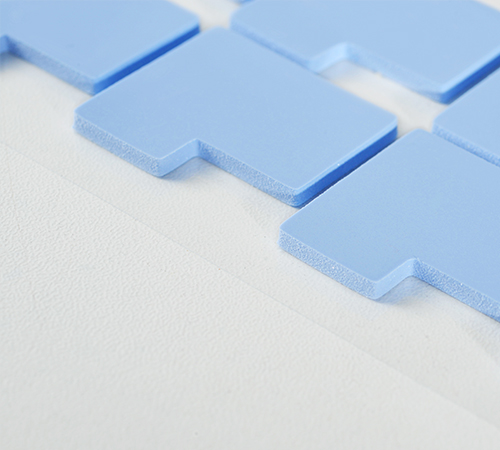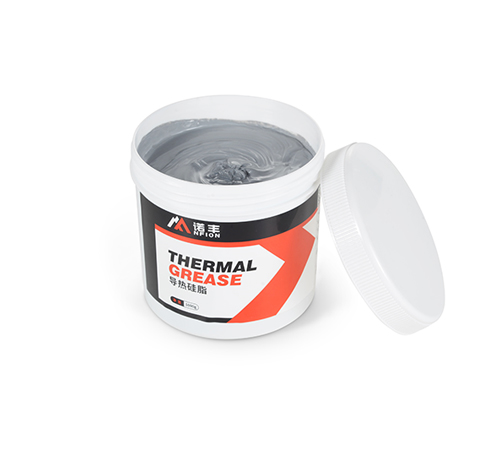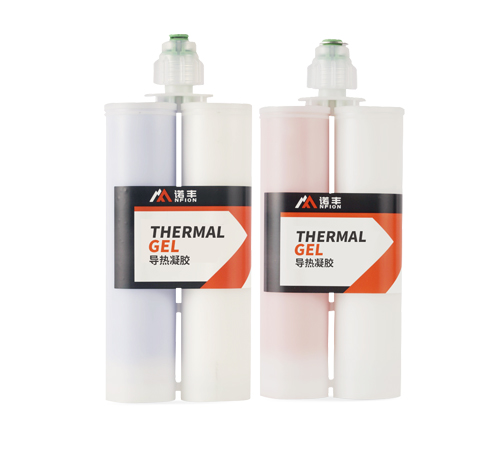Advantages:
- High thermal conductivity: Nfion’s thermal silicone pads have a thermal conductivity of 1.0 to 12.0 W/m·K, allowing heat to be quickly transferred from internal components to heat sinks.
- Excellent flexibility and compressibility: The soft material fits irregular surfaces and fills gaps between components, maintaining excellent thermal performance under low pressure.
- High temperature resistance and stability: Thermal silicone pads perform well between -40℃ and 200℃, making them ideal for long-term use in various working conditions.
Applications:
- Smartphones and tablets: Widely used between the motherboard and heat sinks to conduct heat from processors.
- Laptops and gaming devices: They help reduce thermal resistance in the thermal management of CPUs and GPUs.
- Battery cooling: Particularly suitable for high-performance battery packs, evenly dissipating the heat generated during operation to prevent overheating.
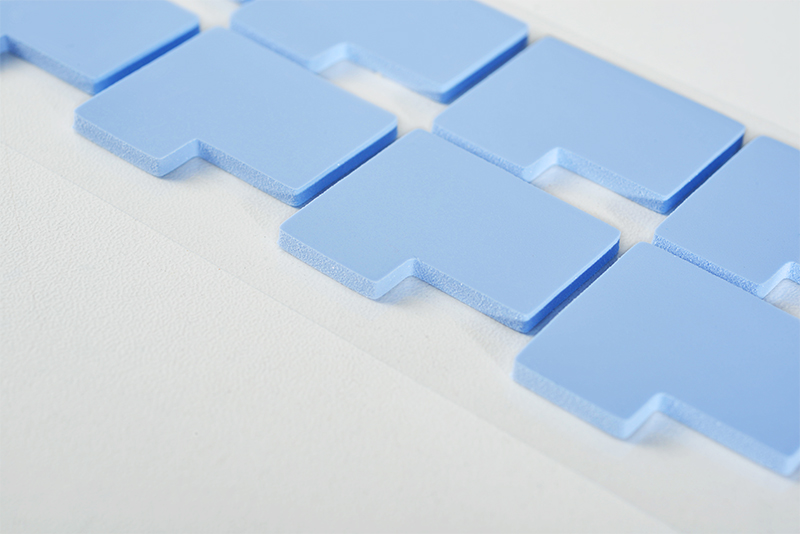
Advantages:
- Excellent low thermal resistance performance: The flowable nature of thermal gels allows them to fill small gaps and reduce interface thermal resistance, significantly improving heat transfer efficiency.
- High plasticity: Thermal gels are easily applied to complex shapes and interfaces, making them versatile for various devices.
- Reliability and long life: Even in harsh environments, thermal gels maintain their excellent thermal conductivity and ensure long-term stability.
Applications:
- Smartwatches and wearable devices: Due to their flexibility, thermal gels are often used between chips and casings in wearable devices to ensure rapid heat transfer.
- Smartphone chip cooling: Widely used to fill gaps between processors and casings in smartphones, improving cooling efficiency.
- Wireless charging modules: Thermal gels aid in cooling wireless charging devices, ensuring safer and more stable charging processes.
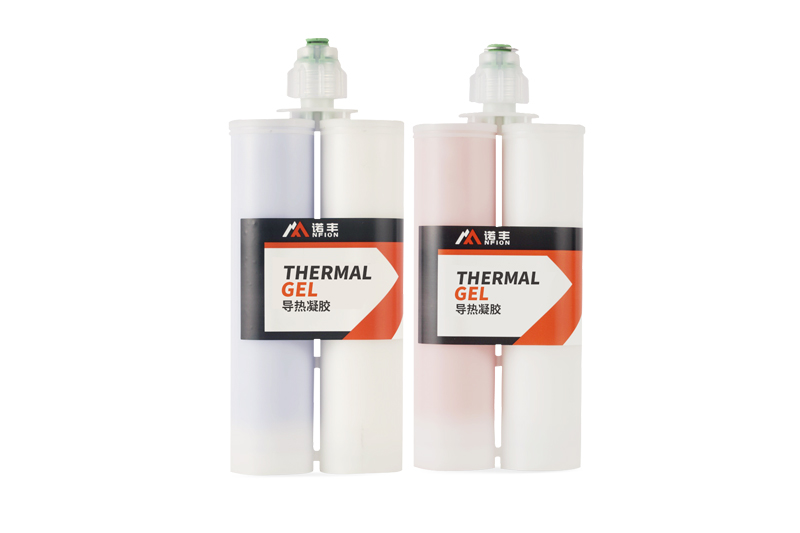
Advantages:
- Excellent thermal conductivity: Thermal paste forms an efficient thermal path between chips and heat sinks, ensuring fast heat transfer.
- Interface conformity: Thermal paste easily fills microscopic surface irregularities, reducing interface thermal resistance and improving heat transfer.
- High heat resistance and low volatility: It performs well in high-temperature working environments, maintaining viscosity and thermal performance over time.
Applications:
- Processor to heat sink conduction: Commonly used between processors (CPU/GPU) and heat sinks in smartphones, tablets, and laptops.
- LED lighting equipment: Ensures fast heat transfer in high-power LED devices, extending their service life.
- Gaming devices: Used in high-heat components like graphics cards and processors, helping maintain stable temperatures under heavy loads.
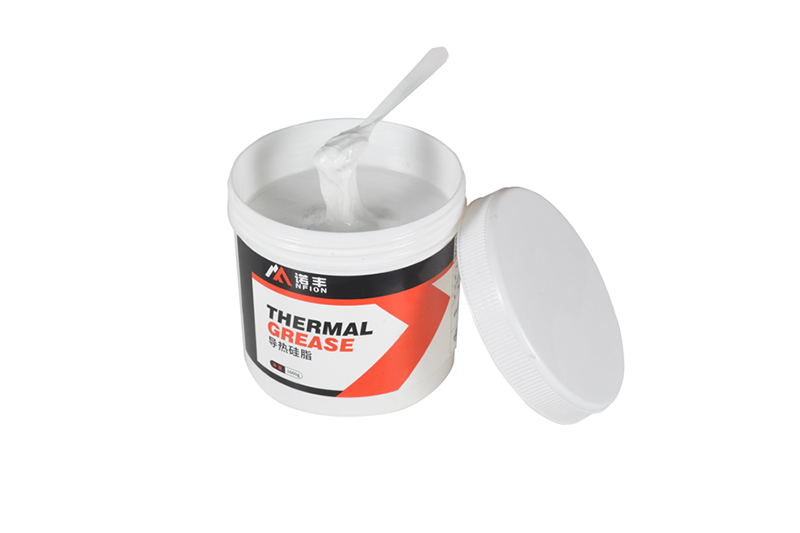
Advantages:
- High thermal conductivity and strong adhesion: Thermal adhesive not only has high thermal conductivity but also offers excellent bonding strength, allowing secure attachment between components and heat sinks.
- Heat resistance and low volatility: It can work in high-temperature environments for extended periods without producing volatile substances, making it suitable for consumer electronics requiring long-term stability.
Applications:
- Bonding heat sinks to casings in smart devices: Used to bond heat sinks to metal casings in smartphones or tablets, ensuring stable thermal structures.
- Installing cooling modules in laptops and gaming devices: Helps securely mount heat sinks inside devices, ensuring efficient heat conduction.
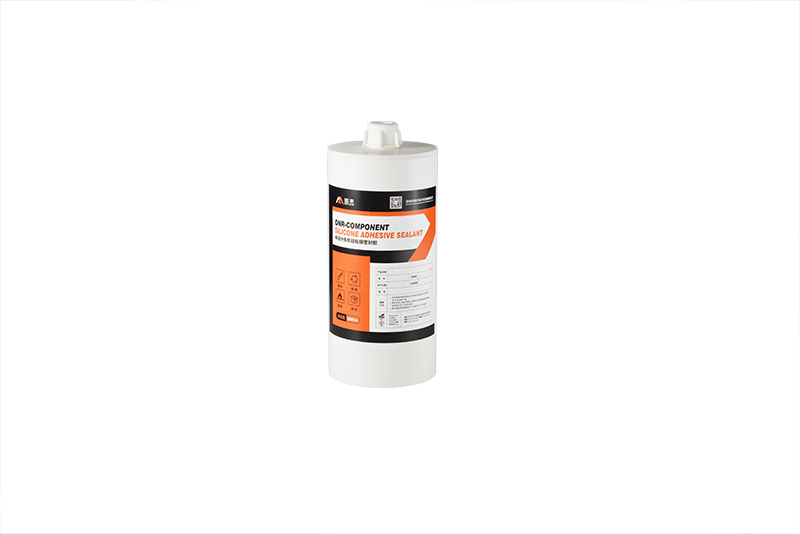
Advantages:
- Excellent thermal performance: Potting compounds completely envelop components, ensuring effective heat dissipation from the heat source.
- Waterproof, moisture-proof, and shockproof: Besides heat dissipation, potting compounds offer excellent protection against external environmental factors.
Applications:
- Battery modules in smart devices: Potting compounds are commonly used in the battery modules of smartphones and tablets, providing waterproof, shockproof, and thermal functions.
- Encapsulation of electronic modules in wearable devices: Used to encapsulate key electronic modules in smartwatches and other devices, ensuring stable operation in complex environments.
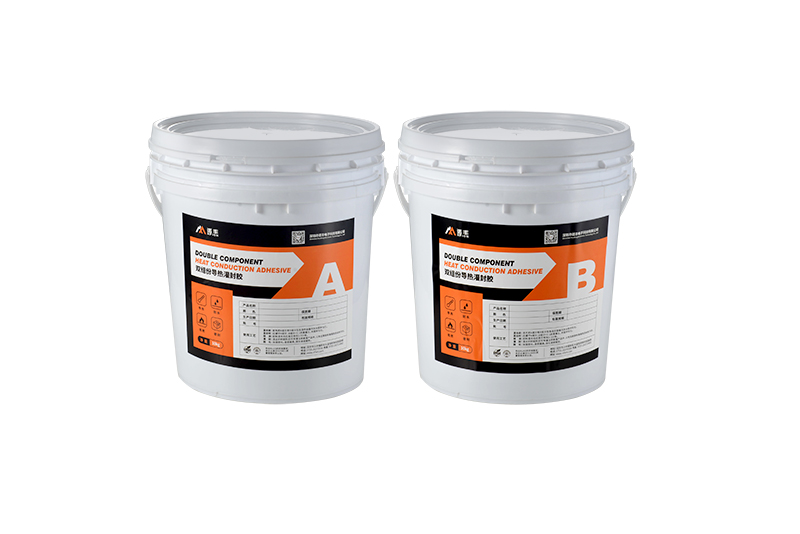
Advantages:
- Double-sided thermal conductivity: Thermal double-sided tapes offer adhesion on both sides, allowing the connection of multiple components and ensuring efficient heat transfer to heat sinks or casings.
- Thin design: These tapes are thin, making them ideal for space-constrained electronic devices, and are flexible for easy application.
Applications:
- Bonding heat sinks in smartphones and tablets: Thermal double-sided tapes are used to bond heat sinks to chips or casings in devices, ensuring efficient heat dissipation.
- Thin laptops: Used in the internal thermal component bonding of thin laptops, providing both heat dissipation and structural stability.
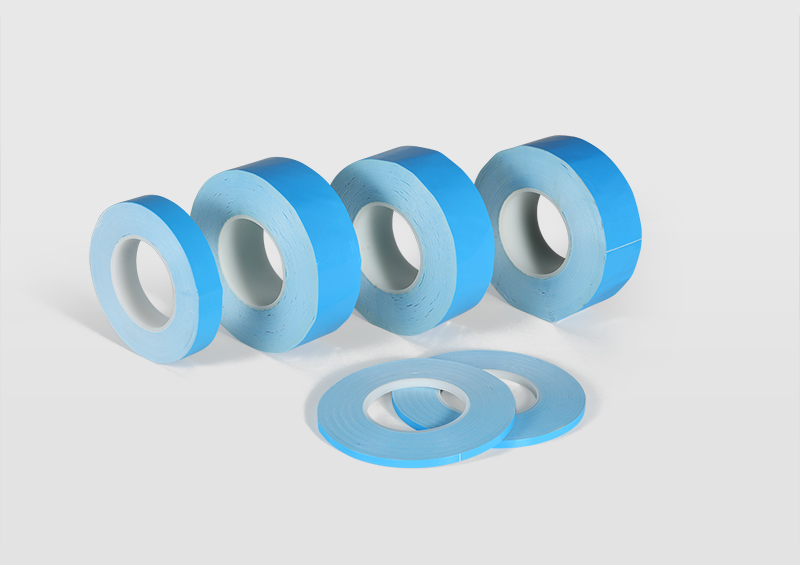
 CN >
CN >
